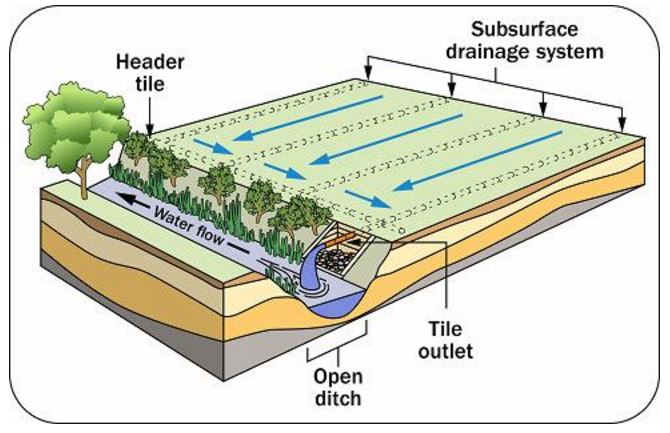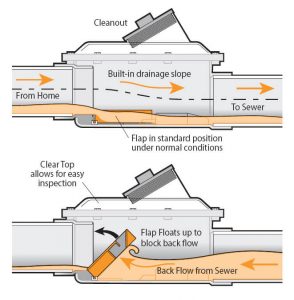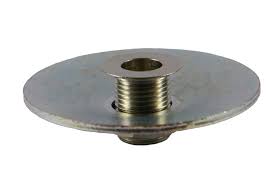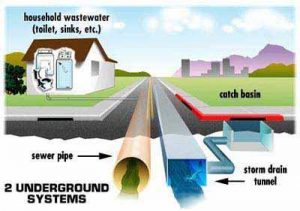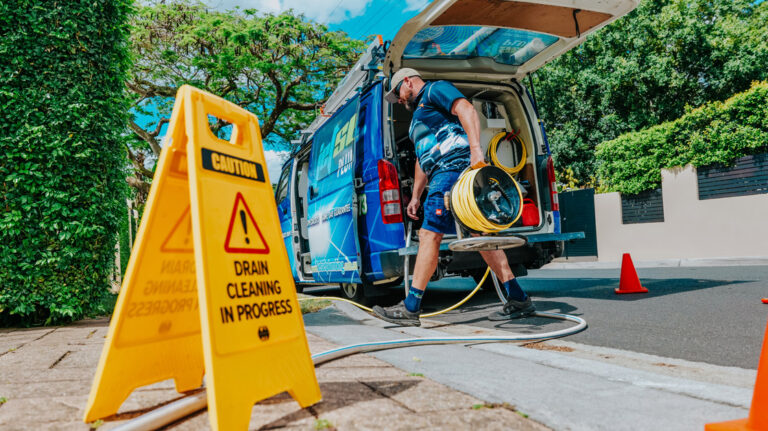What Are The Methods Of Drainage?
Drainage is the process of removing excess liquid from a particular area. It is an important process in many fields of engineering, such as civil engineering, urban engineering, and environmental engineering. There are various methods of drainage that can be used, depending on the situation. These methods include natural drainage, piped drainage, and engineered drainage. Natural drainage involves using existing features such as streams, rivers, and lakes to carry away excess water. Piped drainage is the use of underground pipes to remove excess water from an area. Engineered drainage is a more complex method, which uses pumps and other equipment to remove water from an area. Each method of drainage has its own advantages and disadvantages, and should be carefully considered before being implemented.
Overview of Drainage Methods
A properly functioning drainage system is essential for a safe and healthy living environment. To ensure this, it is important to understand the different methods of drainage and the advantages and disadvantages of each. Drainage methods can be divided into two main categories: surface and subsurface. Surface drainage involves the removal of excess water from the surface of a property by means of pipes, gullies, swales, and ditches. Subsurface drainage, on the other hand, involves the removal of water from beneath the surface of a property using drain tiles, French drains, and sump pumps. Each drainage method has its own benefits and drawbacks, such as cost, installation difficulty, and maintenance requirements. It is important to understand these differences in order to ensure the best drainage system for your property.
Traditional Drainage Techniques
Traditional drainage techniques, such as subsurface and surface drainage systems, are used in order to remove excess water from the soil and reduce the risk of flooding. Subsurface systems, such as French drains, are installed below the surface and use trenches filled with gravel and perforated pipes to collect water and divert it away from the area. Surface drainage systems, such as swales and ditches, are installed on top of the ground and use natural or constructed channels to collect and move water away from the area. Both of these systems can be used to improve soil health, reduce erosion, and protect buildings from water damage. As centuries-old techniques, these systems continue to be an effective and reliable way to manage water on your property.
Modern Drainage Techniques
Modern drainage techniques refer to the use of innovative and advanced technologies to improve the drainage of water from an area. These techniques involve the use of pumps, drains, and other devices to remove excess water, reduce flooding, and improve water quality. They also involve the use of erosion control measures such as terracing, vegetative barriers, and other methods to reduce run off and soil erosion. Modern drainage techniques are an essential part of land management and can help reduce the risk of flooding, improve water quality, and reduce the impact of erosion on the environment.
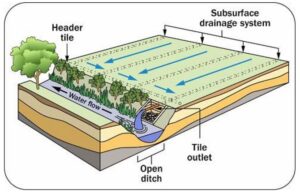
Benefits of Effective Drainage
Effective drainage is crucial to any home or business, as it helps to protect the structure from water damage and flooding. It also helps to keep the area free from standing water, which can attract pests and create a breeding environment for bacteria and other organisms. Additionally, effective drainage helps to minimize erosion, as it helps to direct water away from the foundations and into the soil. Proper drainage also helps to prevent water pooling in the soil, which can cause soil compaction and reduce the amount of oxygen available for plant growth. Finally, effective drainage can help to maintain the structural integrity of the building, and the aesthetic appeal of the landscape.
Considerations for Installing Drainage Systems
Installing a drainage system can be complicated and time consuming, but it is an essential part of home maintenance that helps keep your property safe from water damage and other issues. When considering installing a drainage system there are a few key factors to consider. Firstly, it is important to evaluate your landscape and determine the best location to install the drainage system. Secondly, you must select the appropriate materials to ensure the system is installed correctly. Finally, the system must be designed to ensure effective water flow and to prevent any blockages or flooding. With careful consideration, installing a drainage system can help protect your property and maintain a healthy environment for years to come.
Maintenance of Drainage Systems
The maintenance of drainage systems is essential to the long-term functionality of any built environment. Proper maintenance is key to ensuring that water is directed away from buildings, preventing the possibility of flooding and other water damage. This includes regular cleaning, checking for blockages, checking for structural damage, and ensuring that all components of the drainage system are working as intended. In addition, regular inspections should be conducted, and any necessary repairs should be made promptly. By taking these simple steps, you can ensure that your property will remain safe and secure.
FAQs About the What Are The Methods Of Drainage?
1. What are the different types of drainage methods?
Answer: The most common types of drainage methods include surface drainage, subsurface drainage, and gravity drainage. Surface drainage involves the collection and removal of surface water through ditches, trenches, gutters, and culverts. Subsurface drainage involves the collection and removal of water beneath the surface of the soil through tiles, French drains, and wells. Gravity drainage involves the use of pipes and other means to move water downhill.
2. What is the best type of drainage method for my property?
Answer: The best type of drainage method for your property will depend on the terrain, soil type, and your specific drainage requirements. If you are looking for the simplest and most cost-effective drainage solution, surface drainage may be the best option. However, if you are looking for a more complex and permanent solution, subsurface or gravity drainage may be the best option.
3. What are the benefits of implementing a drainage system?
Answer: Implementing a drainage system can provide a number of benefits including improved water flow, reduced soil erosion, and improved soil fertility. Additionally, a properly designed drainage system can help to protect your property from flooding and other water-related damage.
Conclusion
In conclusion, there are many methods of drainage that can be used to reduce the amount of water in an area or increase the efficiency of water management. These include surface drainage, subsurface drainage, chemical drainage, and infiltration. Each method has its own advantages and disadvantages depending on the application. It is important to choose the correct method for the specific environment and climate. With the right approach, drainage can be a very beneficial tool for managing water resources.

